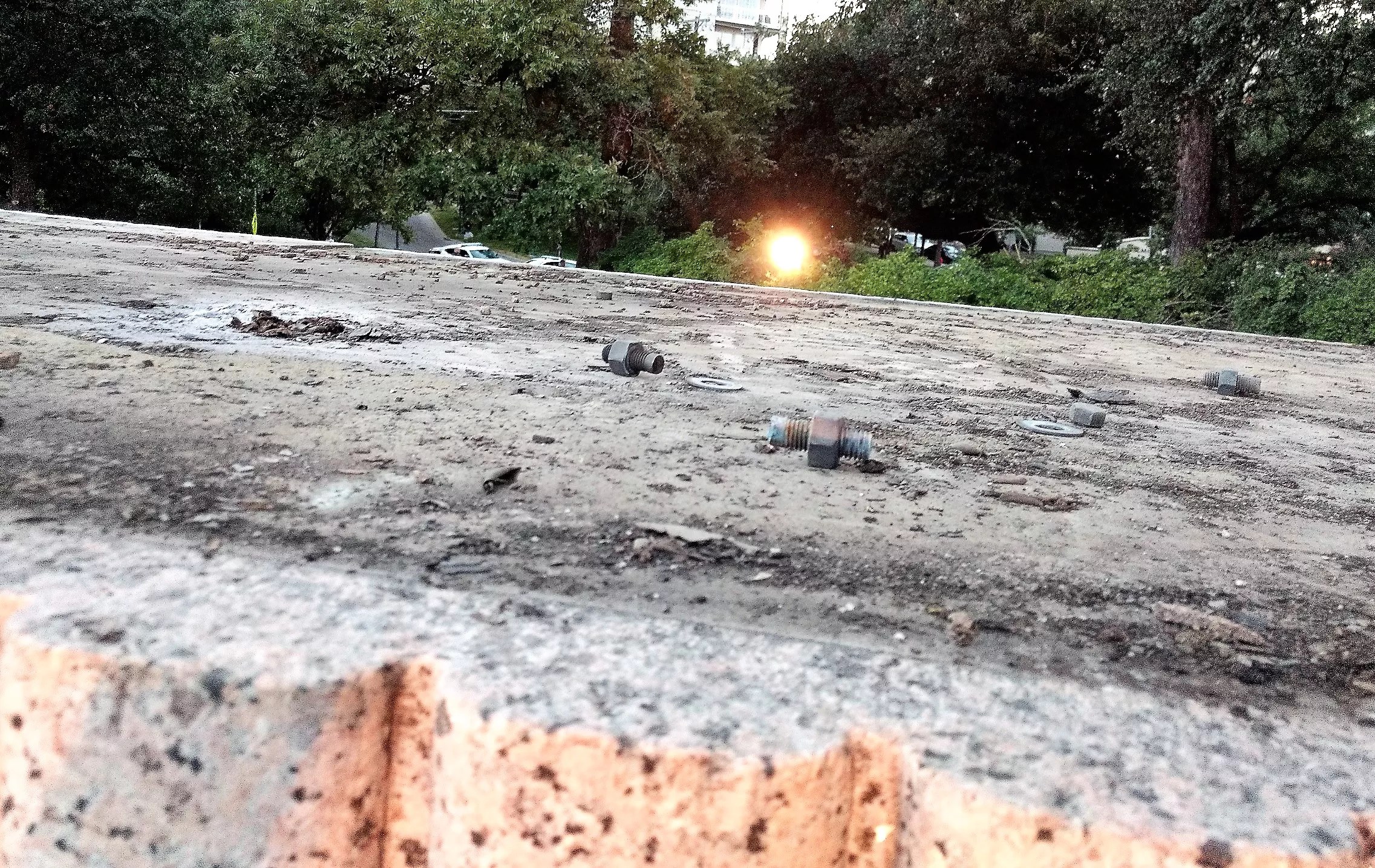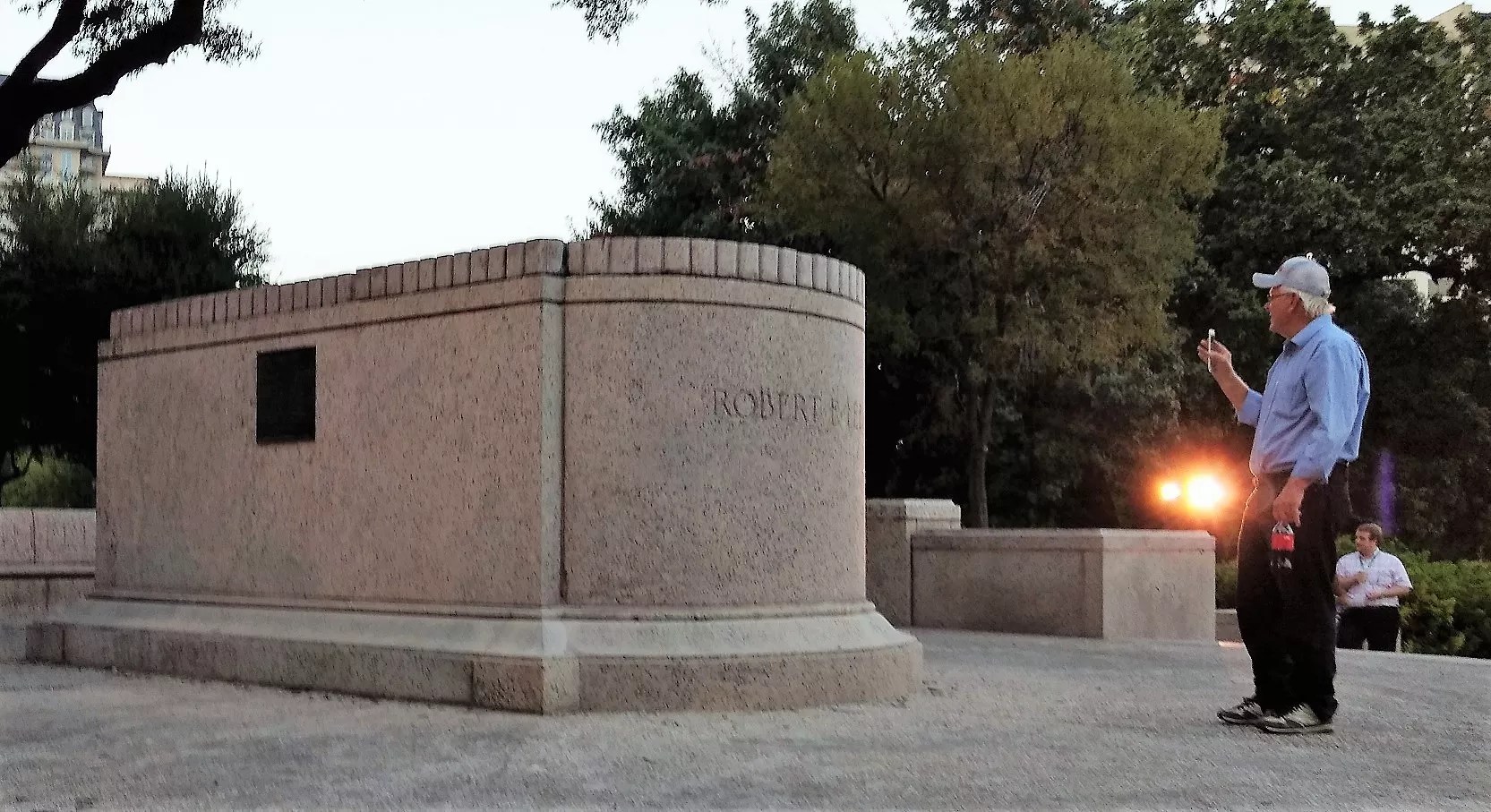
Jim Schutze

Audio By Carbonatix
Hate to tell you – and I know this will make people mad on both sides, and I’m really only talking about Dallas – but this debate we’ve been having about the Confederate statues is absolutely the best thing we’ve done in Dallas in the 100 or so years I have been here grinding out newspaper columns about the city.
If you took me back not too many years, I would never have believed this level of discourse was possible. Whether or not you believe me, this isn’t a big rah-rah war dance for either side. I think I can say that because, if recent memory serves, I have been on both sides. At first I was a leave-’em-aloner, and then in the middle of the fight I switched sides and became a take-’em-downer.
That’s called journalistic privilege. We try to look ahead and guess which side’s going to win.
The bottom line is this: In a period of three or four weeks, the issue of Confederate memorials in Dallas has sparked more open candid discussion of slavery, the Civil War, racism and Southern cultural tradition than Dallas has seen probably since the Civil War. And, man, did we ever need it.
This year, make your gift count –
Invest in local news that matters.
Our work is funded by readers like you who make voluntary gifts because they value our work and want to see it continue. Make a contribution today to help us reach our $30,000 goal!
I’m a Yankee, by Texas rules. I grew up in Michigan, so I would think of myself not as a Yankee, which to me connotes New England, but as a Northerner, as in Jim Harrison’s wonderful novel True North. But enough about me.
Well, maybe not quite enough. I have to relate two personal experiences to put this into context. The first was in old South Dallas shortly after I moved here from Detroit in the late 1970s. I was walking door-to-door in an all-black neighborhood, and my task on that very hot day was to ask a question that both angered and insulted black people. It was about vote fraud and whether people knew whom they had just voted for. Such was my lot; such was my burden.
Most of the people I caught at home were older. They all kind of wound up telling me to go to hell and said they always knew whom they voted for, thank you. But first they would ask me to take a chair on the porch. The lady of the house would pour me tea or lemonade. The lady and the gentleman would ask me some questions about what I thought of this weather and so on. Then they would tell me to go to hell.
As I say, I was fresh from Detroit. Upon asking people questions that made them angry in Detroit, the response I was accustomed to was more like: “Get off my yard or I’ll shoot you.”
I think we could have gotten there pretty quickly on that hot day in South Dallas, had I failed to take the hint, say thank you for the lemonade and skedaddle back to my car in the nick of time. But before we got there, we were all going to have some good manners and some lemonade. Then maybe shoot each other, but not until after the lemonade.
As I realized later, what I had experienced on that street was my first encounter with Southern manners, and it has always stuck in my head that I first experienced it with black people, not white people. Oh, and by the way, I liked it because, given my lot and my burden in life, I really liked the part about the lemonade coming before the shooting. If nothing else, it gave me more time to get back to the car.
There is a true Southern culture that is deeper and broader than race and that has great social value. People actually get more business done with each other when they have a system of formal manners to get them started.
It also taught me that there is a true Southern culture that is deeper and broader than race and that has great social value. People actually get more business done with each other when they have a system of formal manners to get them started.
We Yankees don’t always get it, but white Southerners are Southern, and black Southerners are Southern. Hispanics, Croatians, Jews and Muslims who grow up in the South are Southern. That’s a good thing, a social asset.
But here is my second anecdote. After I had been in Dallas more than a decade, I found myself freelancing (the journalistic term for unemployed), working on a book that took me to Montgomery, Alabama. I was immediately struck by the frankness and personal clarity with which white and black citizens of Montgomery were able to deal with each other across a broad spectrum of issues.
Dallas did not have that. In Dallas, everybody had the manners of the South, but nobody had the frankness of Montgomery. I always thought that, beneath the manners in Dallas, both sides were still scared to death of each other.

As the Lee statue once projected a contrived image of the city, now its absence may provide a mirror in which the city sees itself more clearly.
Jim Schutze
Montgomery was a civil rights movement city. Somewhere in the tough battles of those times, people in Montgomery learned that they could speak to each other frankly, eyeball to eyeball as equals, and it wouldn’t make the world blow up. Dallas, a city that the movement years kind of skipped over in some ways, never benefited from those experiences, and it showed.
I have to take sides here in one regard in order to go on. Many of the senior white elite in Dallas were educated at Southern Methodist University in the ’60s and ’70s, and during that time somebody at SMU must have been teaching white kids a whole lot of very bad history. It’s amazing to me today how often I run into otherwise bright white people in this city who still pronounce absolute absurdities about the Civil War and slavery.
One of the best things to come out of this debate about the statues has been the attention brought to the work of people like cultural geographer Ed Sebesta and historian Michael Phillips, both of whom have their hands on the goods, the evidence, the real stuff. By unearthing statements on race and slavery written by Confederate leaders, Sebesta and Phillips have put the incontestable lie to the notion that the war was not about slavery.
I also have seen laymen writing on Facebook who have taken the slavery question deeper and more pointedly into the history of Texas, arguing that slavery was Texas’ reason for being and that the first American civil war to protect slavery was the Texas rebellion against Mexico. I am not going to offer myself as an arbiter on that one. When I first got to Dallas, had I even suggested such a possibility to a white lady, she would have told her husband, “I’ll give him the lemonade, you shoot him.”
But now we’re talking. It’s all out there. We’re speaking face to face about previously verboten, terribly difficult, deeply impacted historical, social and moral issues; we’re still drinking lemonade; and we have the statues debate to thank for it.
But now we’re talking. It’s all out there. We’re speaking face to face about previously verboten, terribly difficult, deeply impacted historical, social and moral issues, and we have the statues debate to thank for it.
During the debate on the removal of a statue of Confederate Gen. Robert E. Lee from Lee Park in Dallas, it seemed to me Lee’s best Southern qualities were used unfairly and wrongly as camouflage for white supremacy. Some of the people who didn’t want the statue removed wanted to talk instead about what a gentleman Lee was.
Oh, right. That’s what’s important here. Let’s forget about his violent defense of slavery and talk instead about his table manners.
It’s even unfair to Southern culture. A great deal of Southern culture is good and should be admired and preserved. But in order to preserve it, the people who believe in Southern culture need to disentangle it from white supremacy, not allow white supremacy to hold Southern culture hostage. Maybe in all this debate we’re sort of getting there, too.
The latest suggestion from the mayor’s special task force on de-Confederatization is that the Lee statue be placed in a museum. As soon as I saw that idea mentioned, I imagined armed curators posted in front of all of the city’s better museums with big signs saying, “KEEP MOVING,” “NOT HERE,” “NOT ON YOUR LIFE” and “THINK AGAIN, LEE.”
But maybe it’s a great idea because it would keep this conversation going, probably at a more elevated level than the statue-yanking, which still feels too much like oral surgery no matter which side you’re on.
It would have to be a new museum. It would have to put Lee and the boys into a meaningful context with white supremacy, slavery, the war and also, yes, the good things about the South and maybe even some of the bad things about the North. I don’t know what any of those were, by the way. They didn’t teach that to us at the University of Michigan when I was there. We were taught that we Yankees were, well, you know, pretty much saints back then. I wonder what happened to us.
I asked my wife once, if I kept living in Texas, how long would I still be a carpetbagger? She said I would still be one when I was six feet under. OK. But maybe if we can keep talking to each other like this, at least we may be a little bit smarter about each other when we’re six feet under. Better late than never.